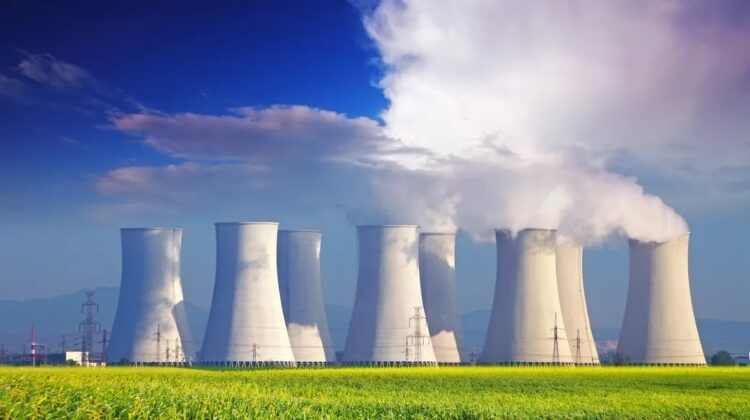
A recent study published in the journal Nature Energy reveals that new generation nuclear power plants may be critical to meeting the aim of zero emissions by mid-century and avoiding the worst of the climate disaster.
Solar and wind power are critical to achieving this objective, but they may not be sufficient without substantial expenditures or in areas with little sun or wind.
To reduce the disastrous effects of global warming, humanity must keep the global mean temperature below 1.5 degrees Celsius over the pre-industrial average. Energy production must reach zero emissions globally by 2050 to achieve this goal. Previous research has indicated that by increasing the number of solar and wind power facilities, our species may easily reduce emissions by up to 80%.
To reach the aim of 100 percent reduction, considerable additions in energy storage and transmission capacity are required. This is due to the fact that the wind does not always blow and the sun does not always shine. If these expansions are not or cannot be executed, there will be a need for more zero-carbon energy sources, which is where new sophisticated nuclear power plant designs come in.
“Under tight greenhouse gas emission regulations, reliable power generation supplied by nuclear power has a lot of potential value in the energy system for most nations,” Carnegie’s Department of Global Ecology’s main author, Lei Duan, said in a statement.
“Those with limited wind resources can benefit from nuclear earlier in the path to zero emissions, whereas places with abundant wind resources would only require it to remove the last traces of carbon emissions.”
The model examined 42 country-level regions and used current technology pricing to calculate the cheapest way to attain zero emissions. The researchers discovered that nuclear power is the least expensive option.
“We looked at the cheapest approach to remove carbon dioxide emissions, assuming current prices.” We discovered that, at the current pricing, nuclear is the most cost-effective solution to eliminate all electricity-system carbon emissions nearly everywhere. However, if energy storage technologies become very affordable, wind and solar might potentially be the least-cost road to a zero-emission electricity system,” said Ken Caldeira, also of Carnegie’s Department of Global Ecology.
Many people are opposed to nuclear energy (we are talking fission here, rather than the still experimental fusion). One major concern is the safe disposal of trash, as many countries continue to lack adequate investment in this area. Finland, for example, is burying it in a special facility where it will be sealed for the next 100,000 years (though it will be safe in a few hundred years).
Another frequently mentioned risk is the chance of a nuclear accident; however, while this is a concern, it is vital to consider it in context. Air pollution, which coal and oil powerplants contribute to, kills millions of people each year. According to the World Health Organization, the Chernobyl tragedy, the deadliest nuclear accident in history, resulted in the deaths of 4,000 people.
Nuclear power may not be required if energy storage solutions can be developed, but if they cannot, we may be left with few options.

Leave a Reply